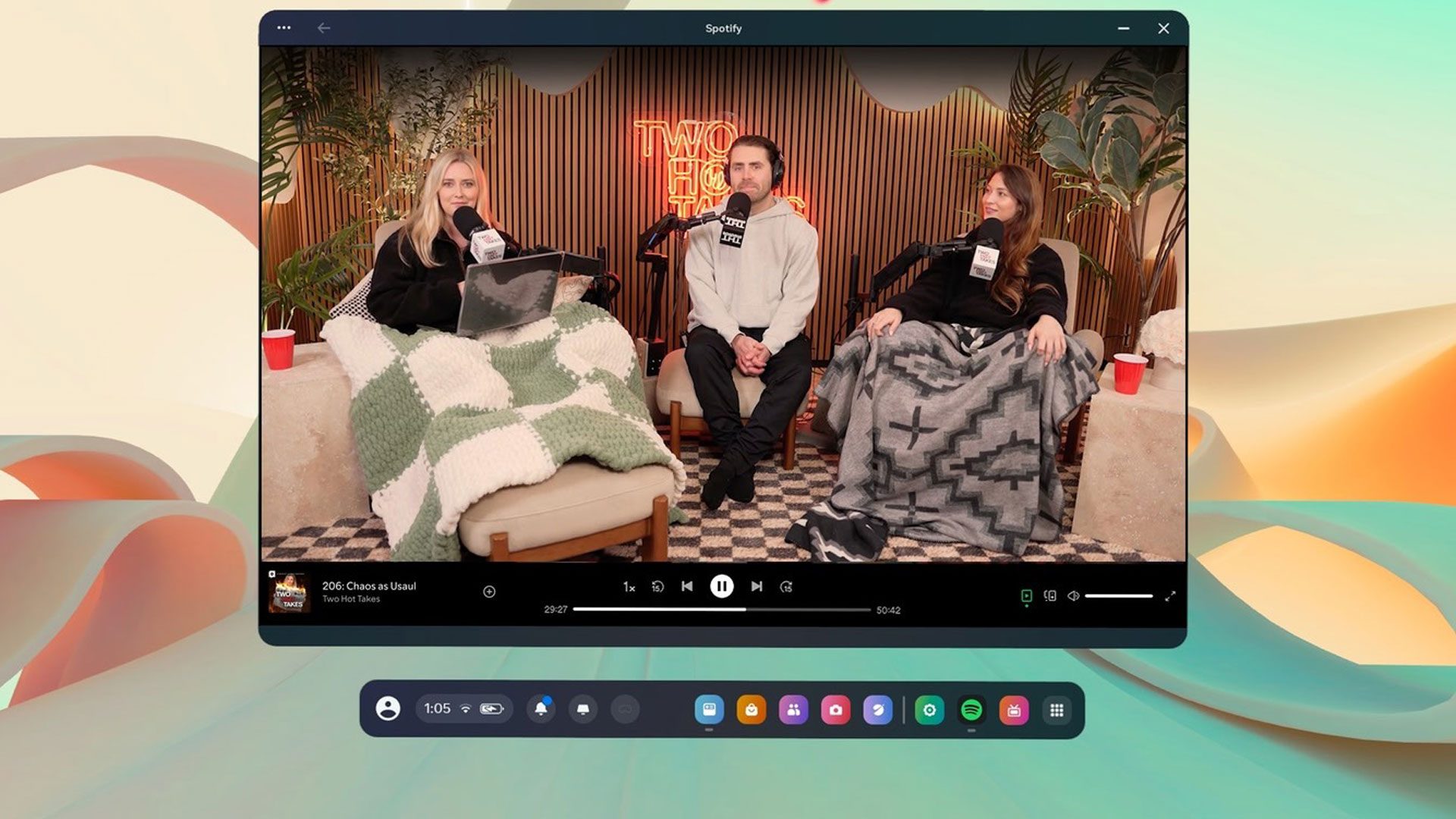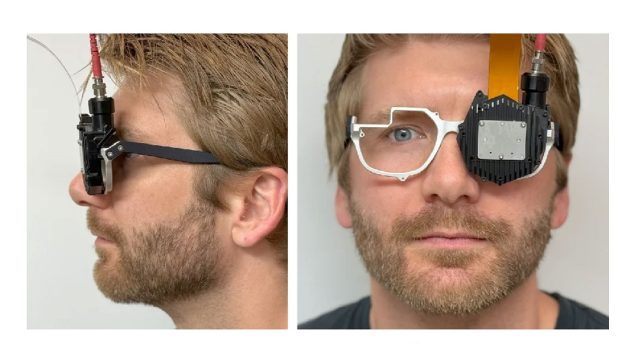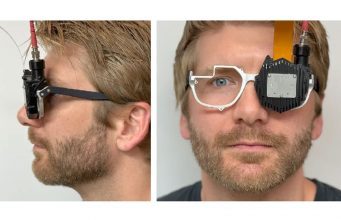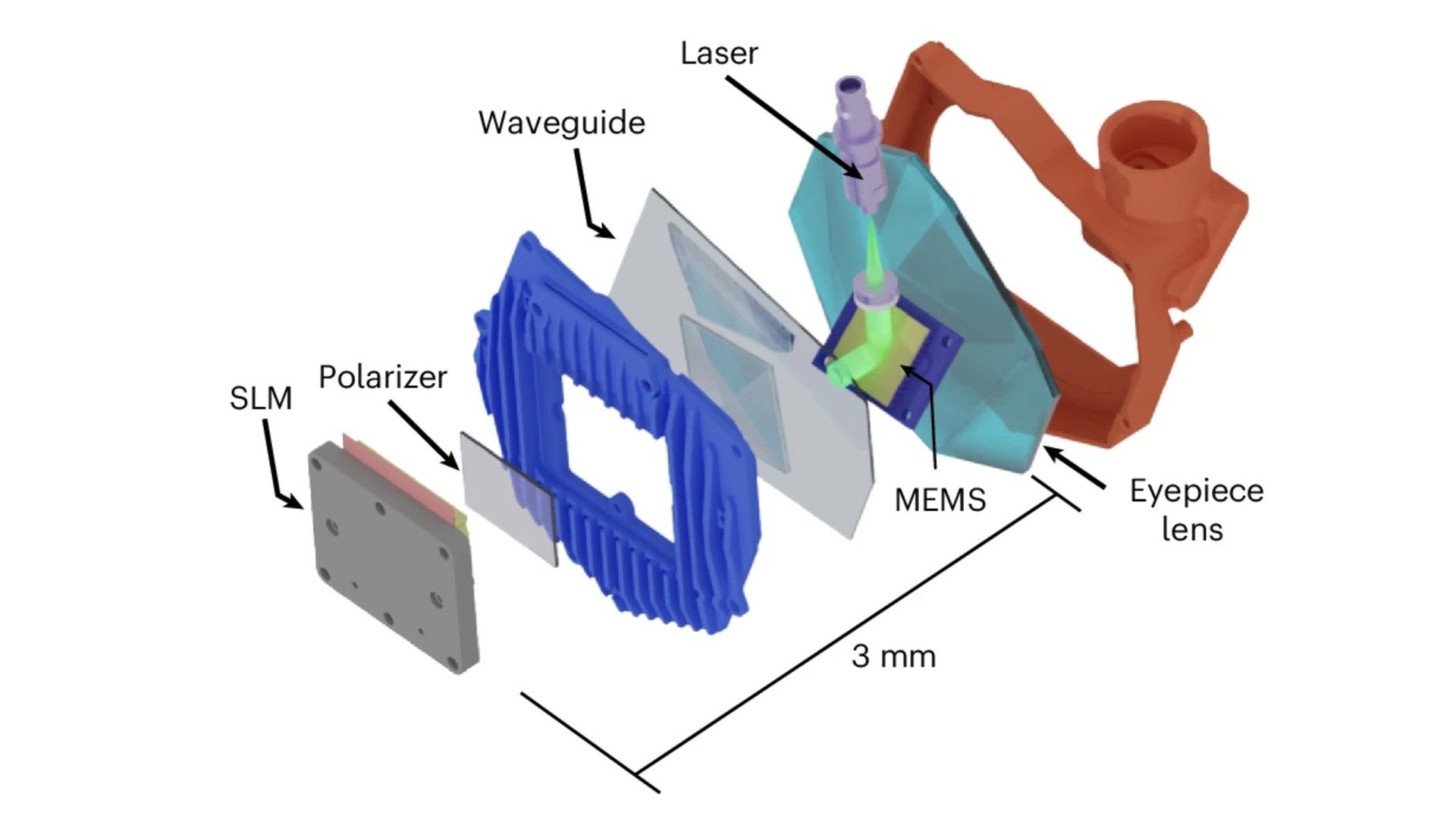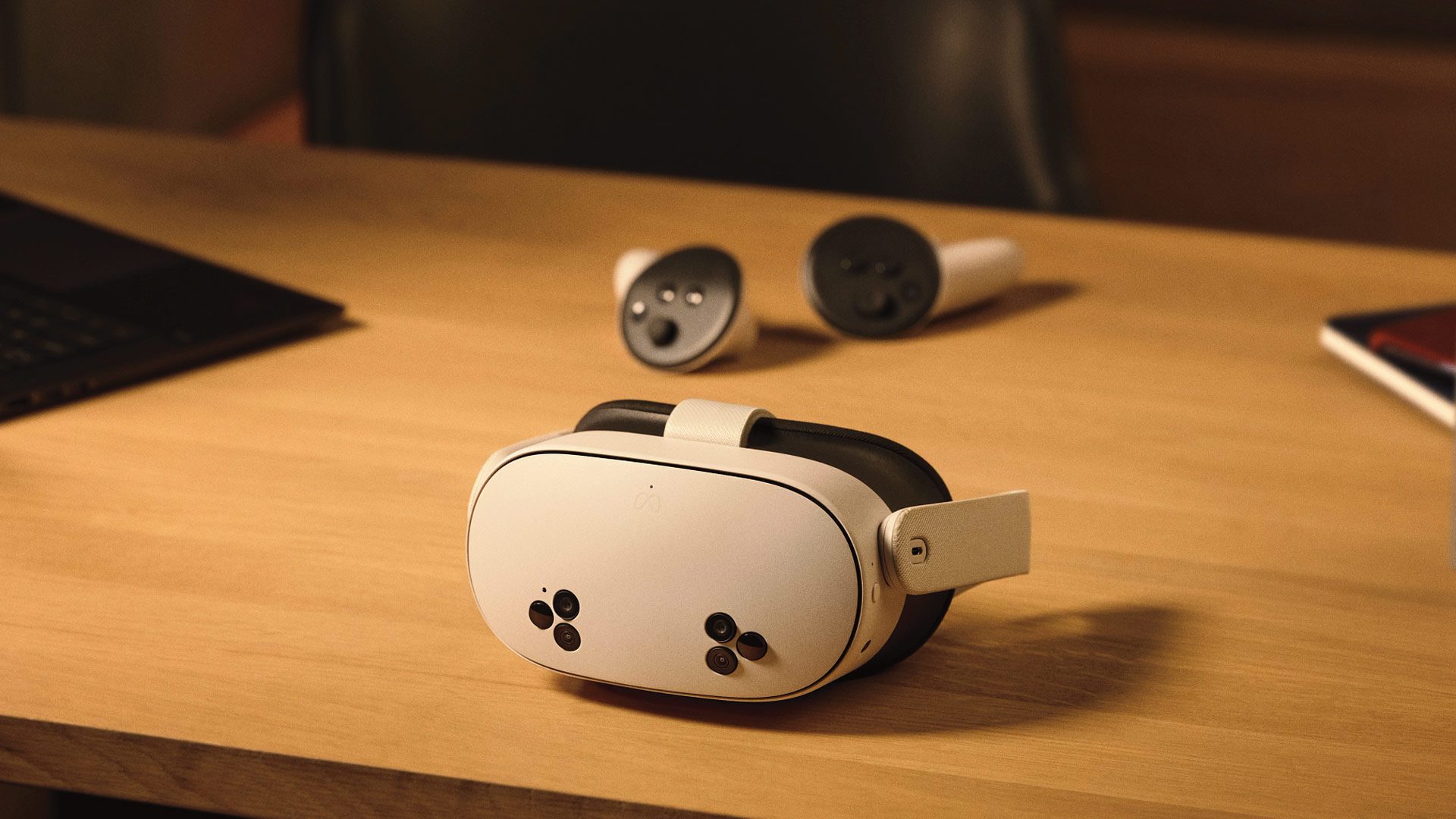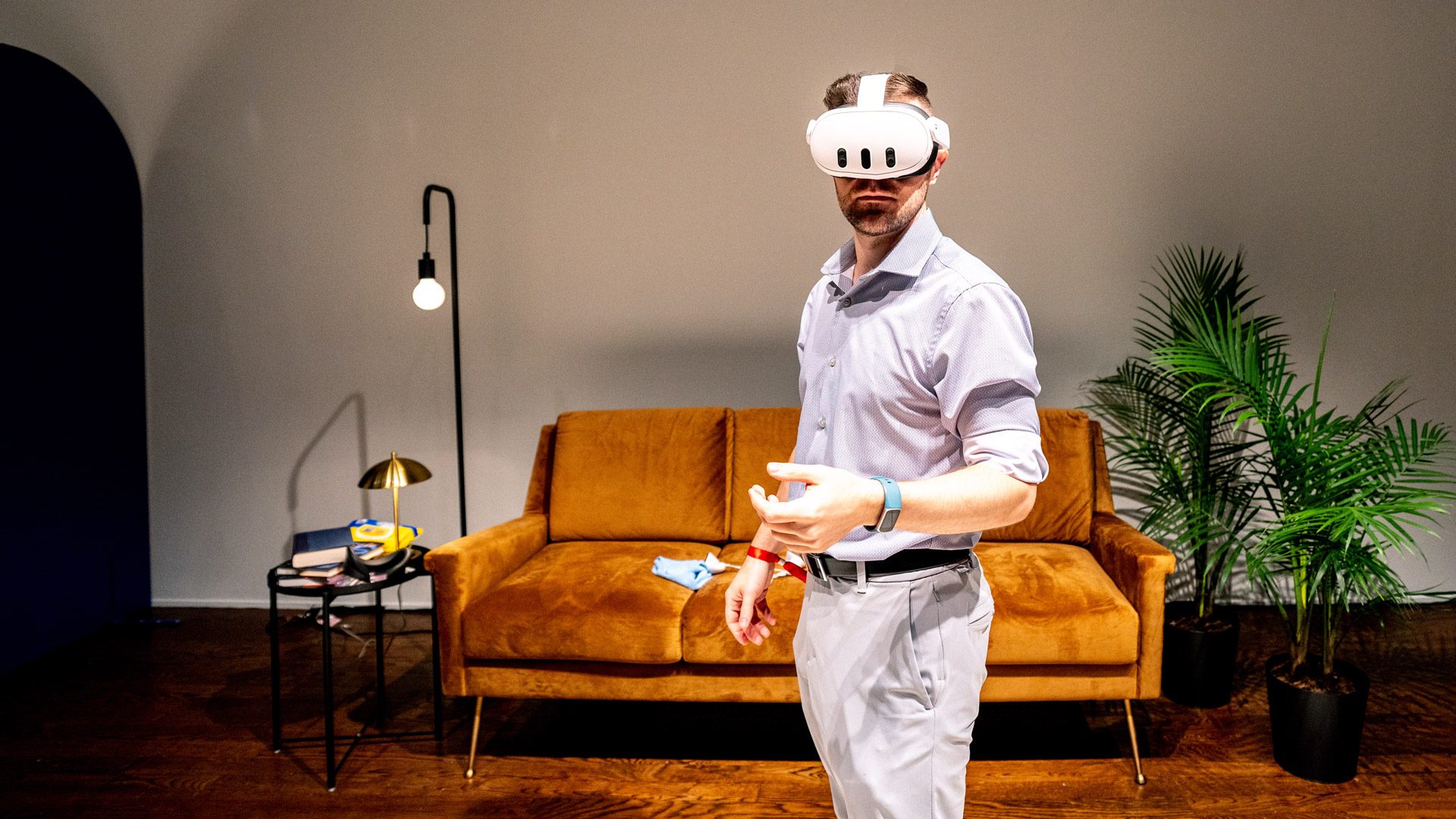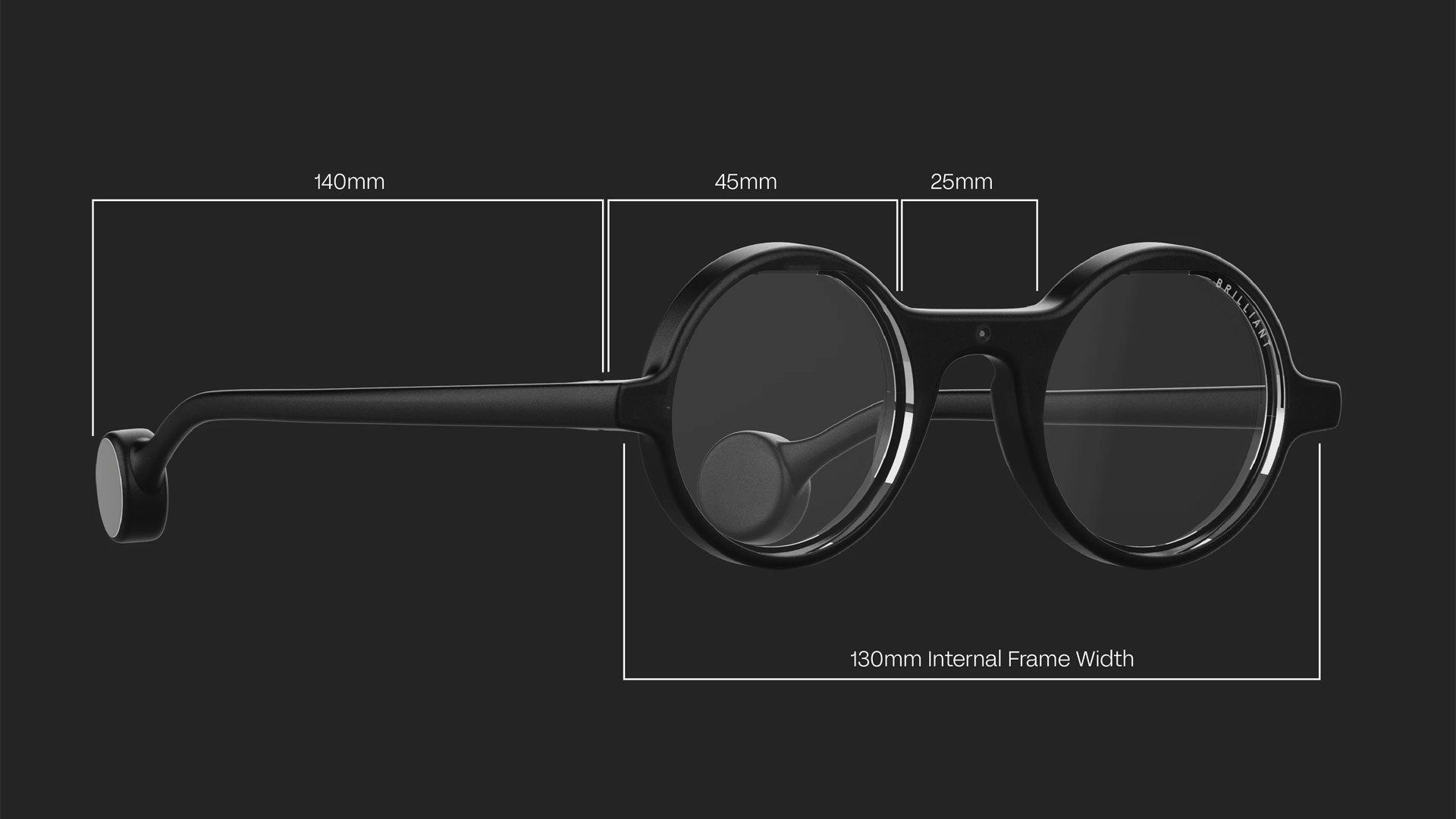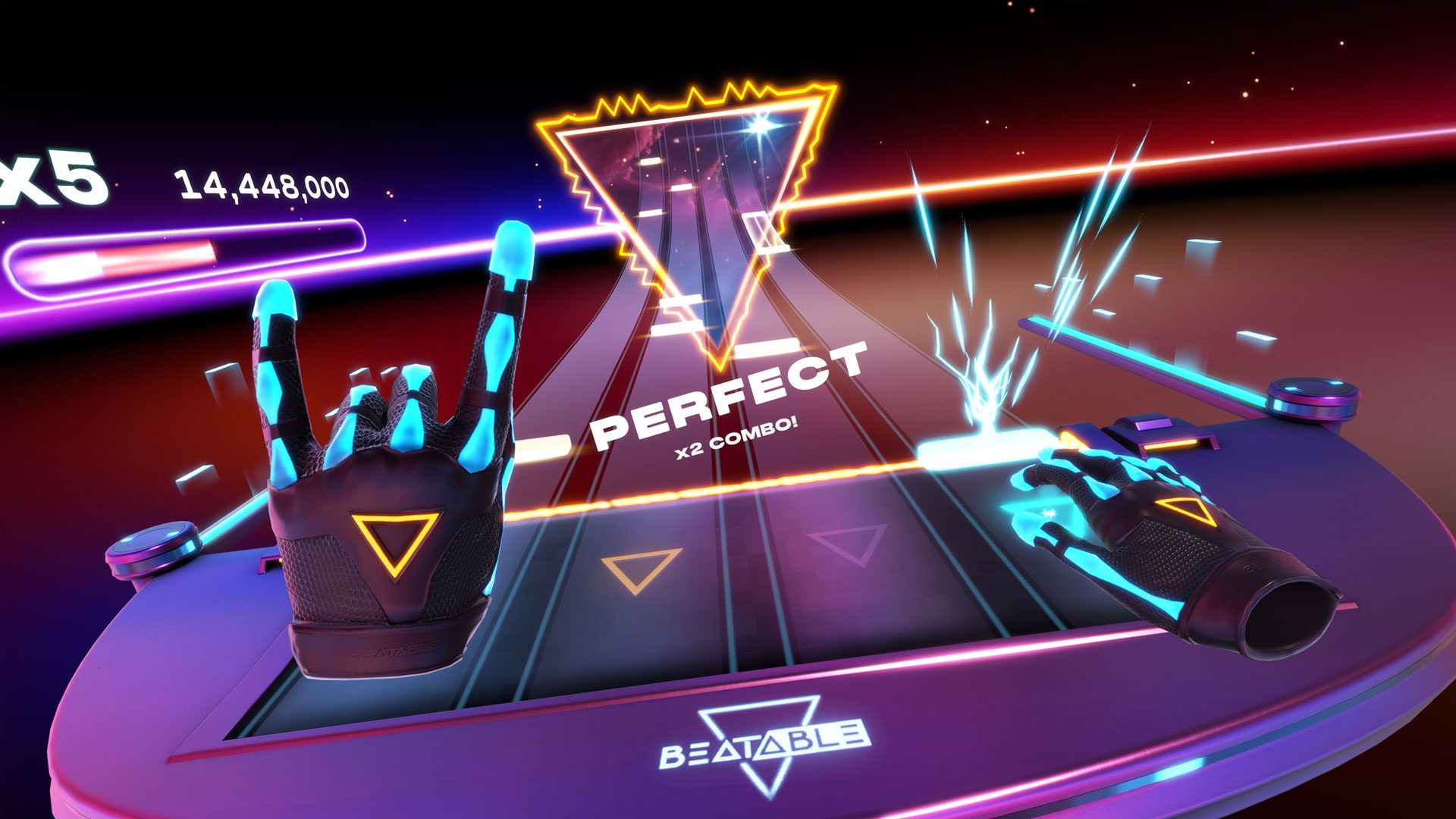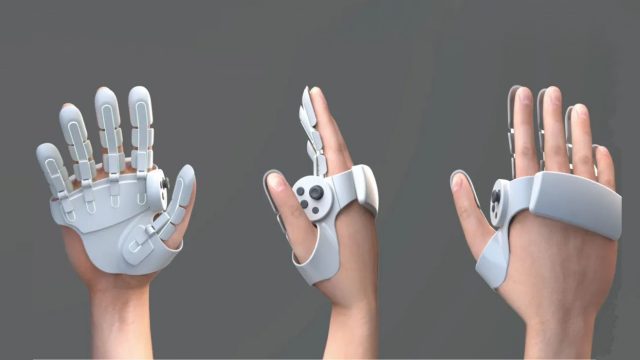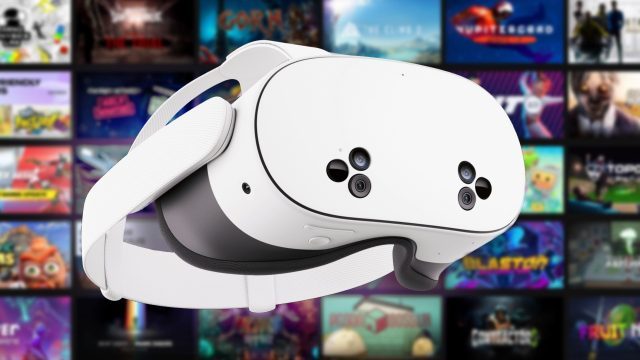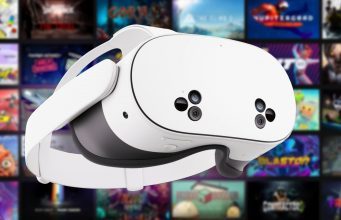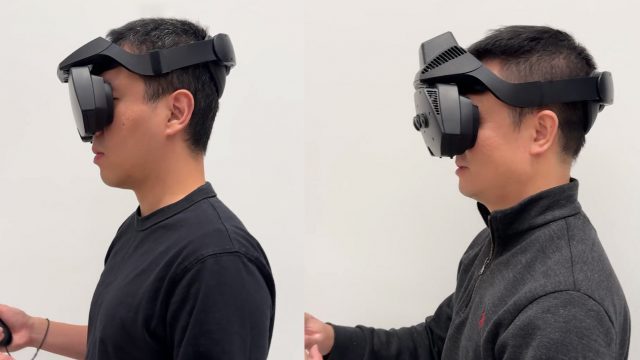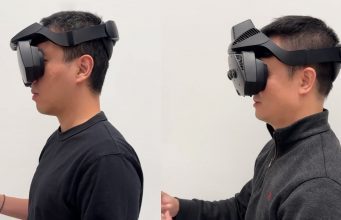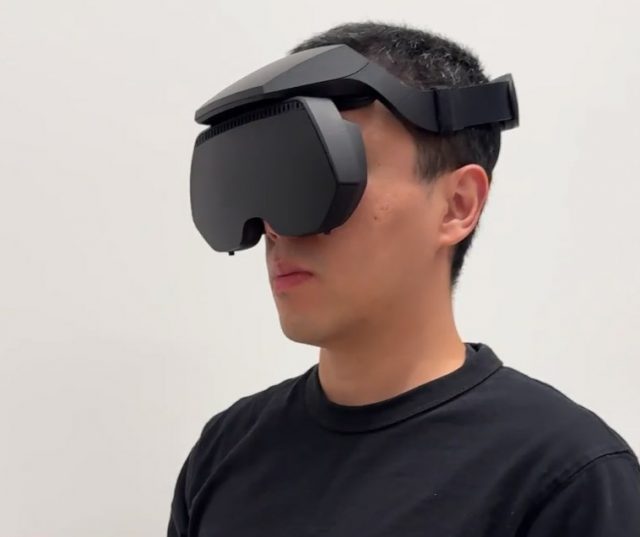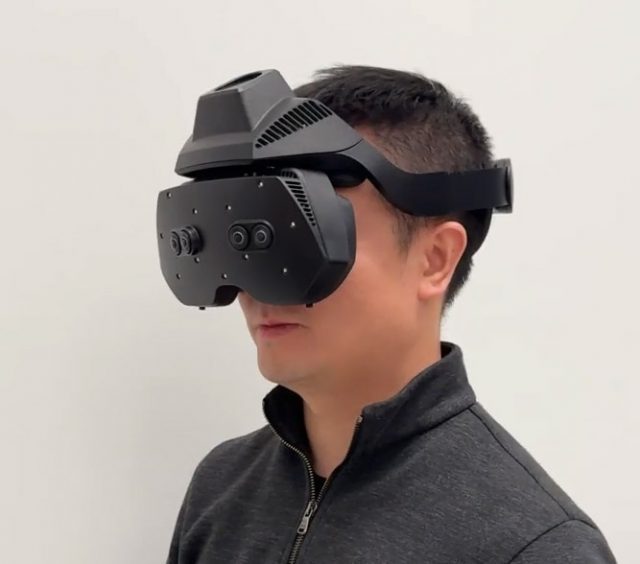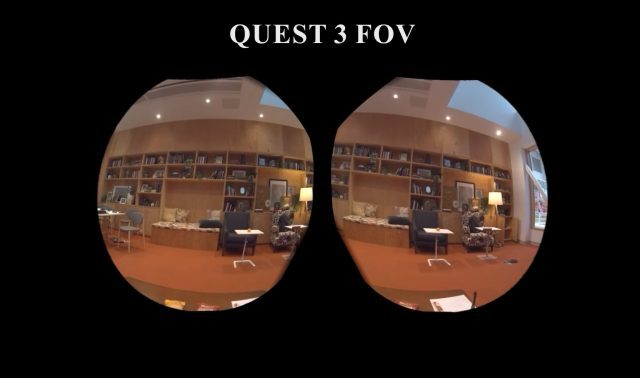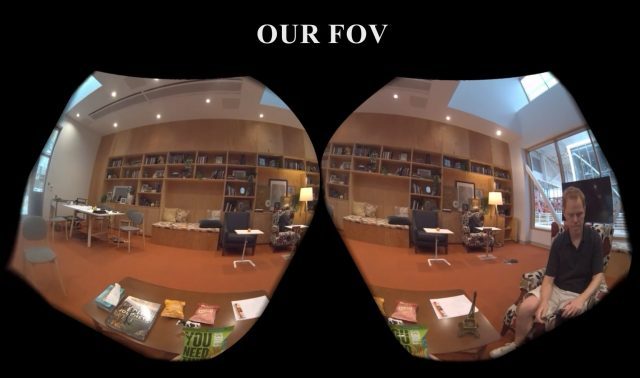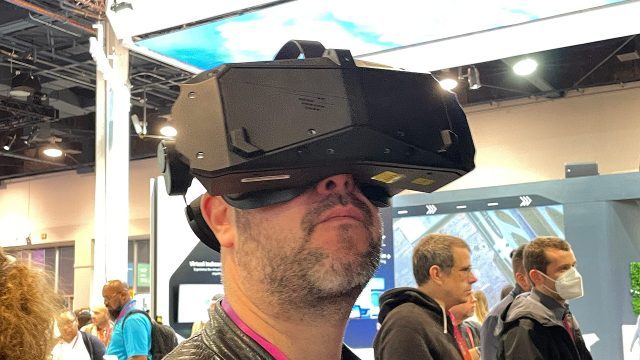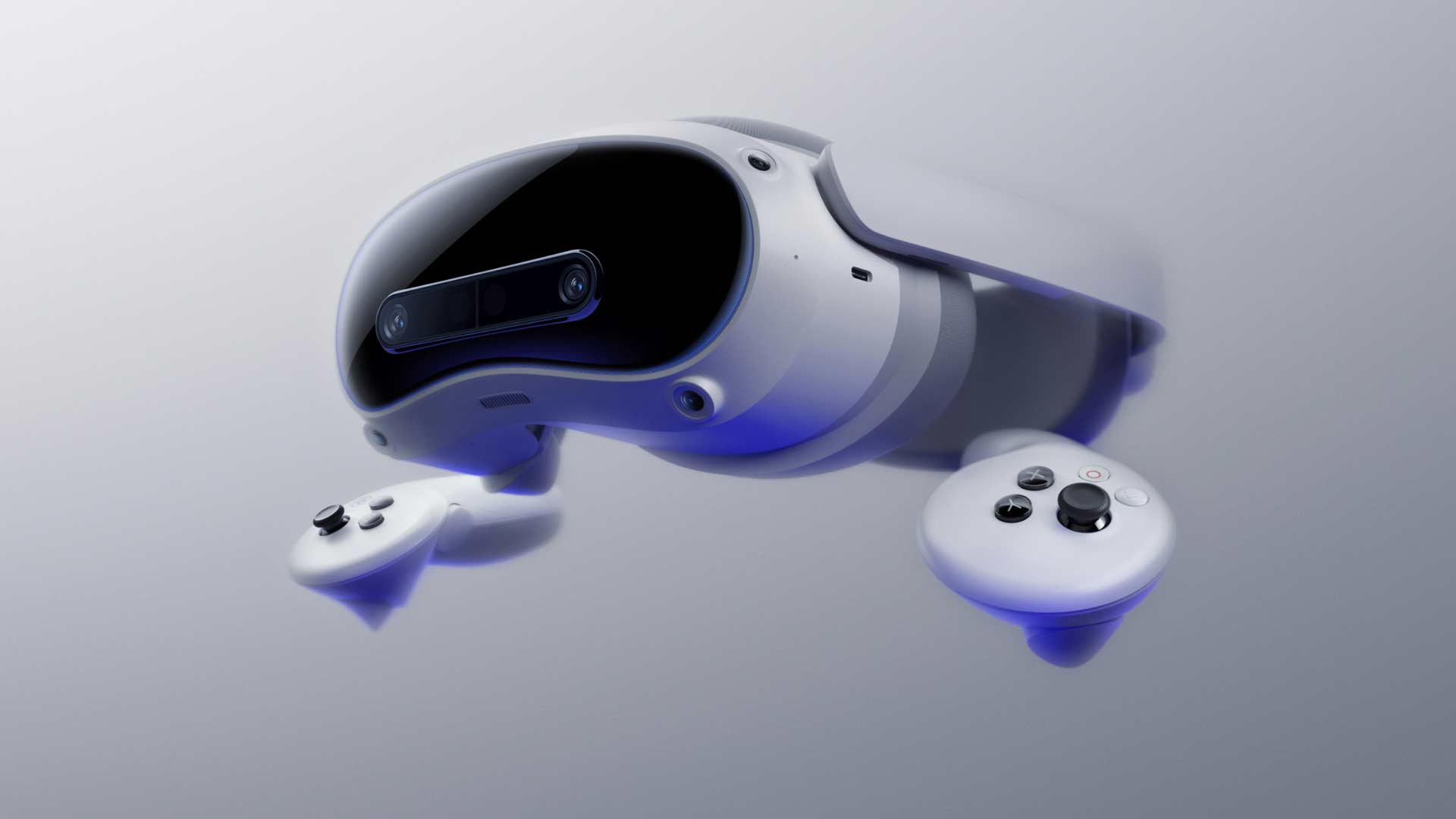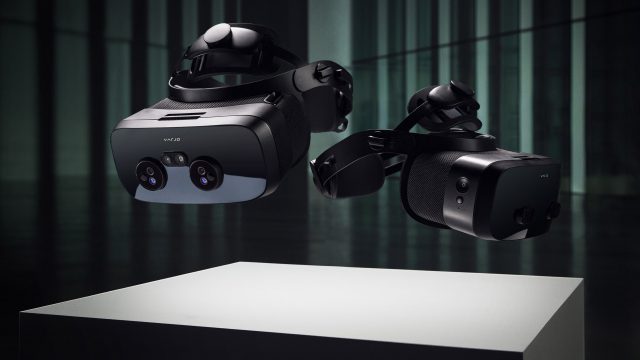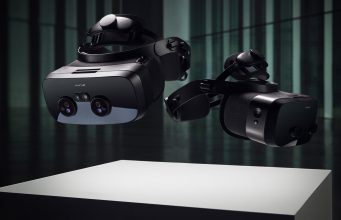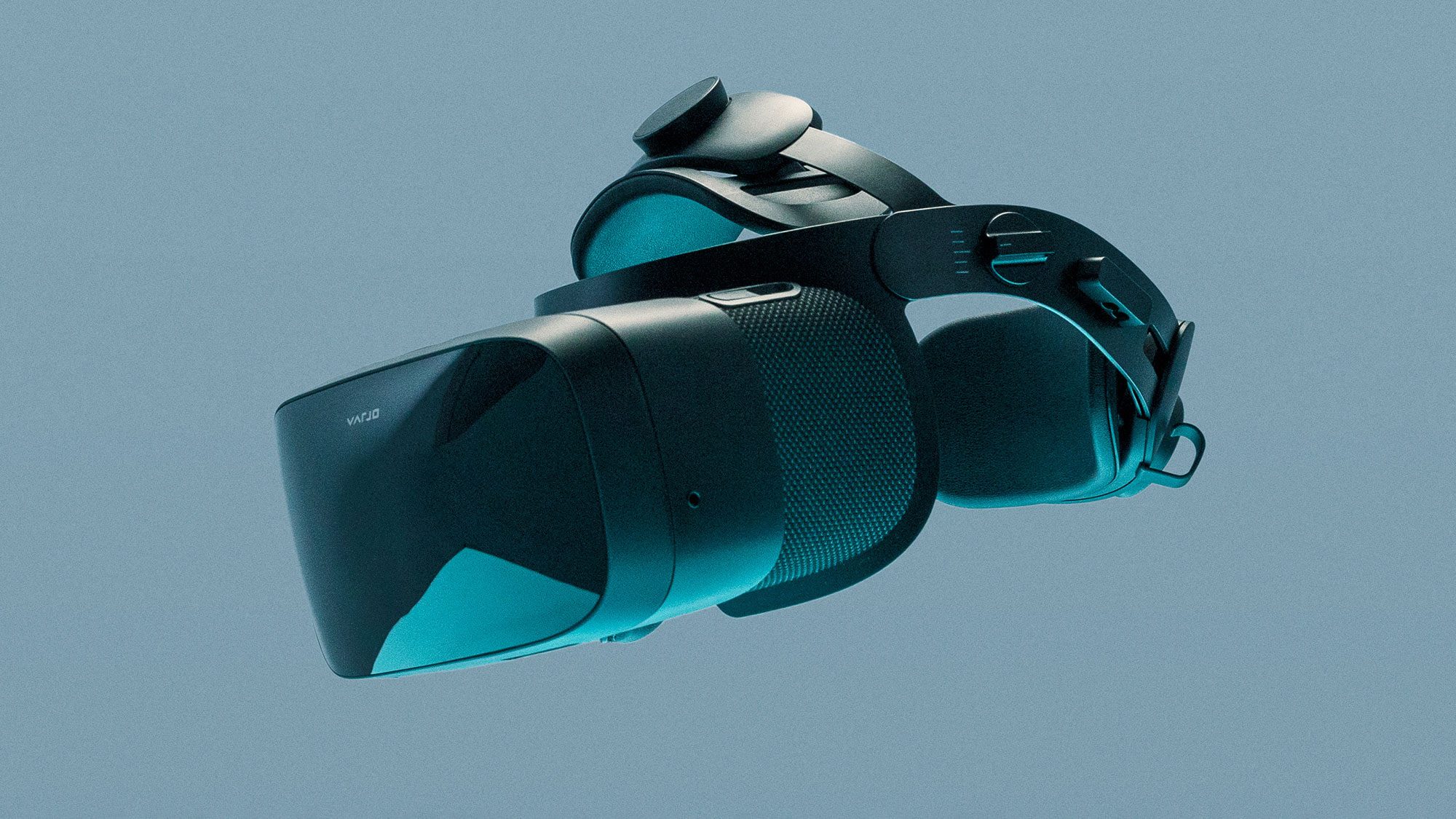

Star Citizen promised to include VR support as a core feature more than a decade ago—long before it scope-creeped its way into becoming the MMO of today. Now, Cloud Imperium Games (CIG) says they’re actually going to put VR support to the test, but you still probably shouldn’t hold your breath.
As first reported by UploadVR, CIG is going to internally test whether it can bring VR support to Star Citizen. For those counting, that will be 13 years since the studio promised it in the game’s 2012 Kickstarter campaign.
“We have backed Oculus Rift and will support it in Star Citizen / Squadron 42,” CIG said in the game’s Kickstarter. “Who doesn’t want to sit in their cockpit, hands on your joystick and throttle, swiveling your head, to track that enemy fighter that just blew by?”
In a recent interview though, CIG Senior Director Sean Tracy says the studio still has plans to bring VR support to the game, and briefly touches on some of the challenges.
“Obviously we’ve talked about [VR] a million times,” says Tracy in the interview, seen below. “It’s something we want, we just don’t prioritize it ahead of everything else. We’ll still be coming back to that […] I think there are some tests even going on in the next month or two.”
And while Tracy says Star Citizen’s Star Engine—a derivative of CryEngine 3—can actually support VR, there are two main issues: the game’s renderer no longer supports VR, and the studio will need to engineer a solution to dual render for left and right eyes at an acceptable frame rate, which is a tall order.
Granted, a small portion of the game did include support for the Oculus Rift DK1 for a brief time in 2013, which allowed users to walk around a ship hangar and visualize a purchased ship. There have been other internal tests since then too, and even feature releases that suggested that VR support was still on the studio’s radar, like its UI update in 2017 which was supposedly made with VR in mind.
Meanwhile, Star Citizen has essentially become synonymous with ‘scope creep’—when a developer promises more and more features beyond anything initially envisioned for the game—making it doubtful we’ll ever see VR support at this rate.
Beginning as a relatively modest space sim crowdfunded in 2012 with a goal of $500,000, Star Citizen promised a deep space combat and trading game in the spirit of Wing Commander and Freelancer.
It has since ballooned into a persistent MMO-style universe and a cinematic single-player campaign (Squadron 42), also integrating first-person shooter gameplay, planet landing and procedural generation, complex economic simulation, NPC AI ecosystems, realistic physics and damage modeling—the list goes on.
And with over $800 million raised—by far the most crowdfunded entertainment project in history—the game remains in alpha over a decade later.
The post ‘Star Citizen’ Claims Testing of VR Support Will Begin Soon, More Than 10 Years After Promising It appeared first on Road to VR.
from Road to VR https://ift.tt/tCqFAal
via IFTTT


